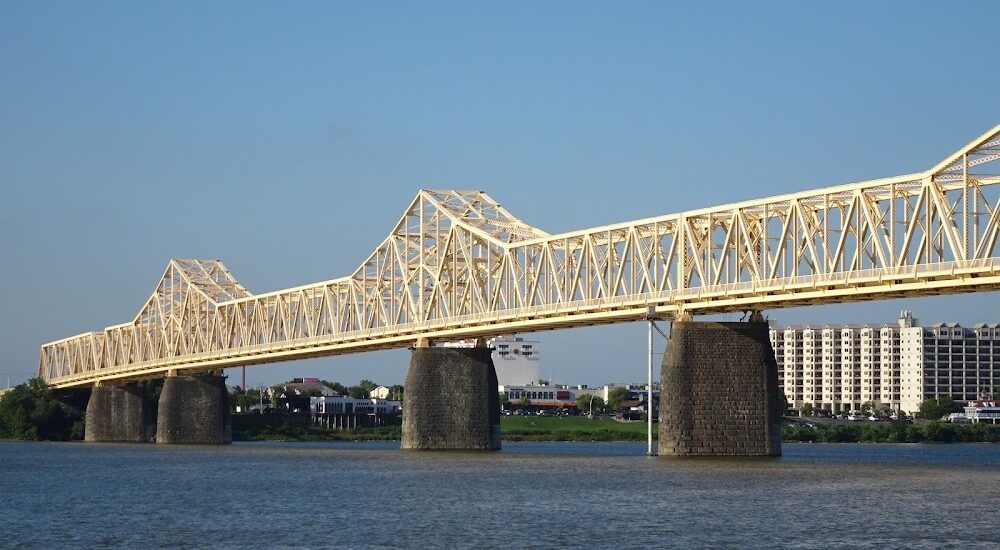Welcome to the Louisville Historic Wharf, a place where history and commerce have intersected for centuries. Established in the late 18th century, this location was central to Louisville’s growth and development as a trading hub. The city’s strategic position along the Ohio River, near the formidable Falls of the Ohio, made it a crucial port town where goods and people converged.
The story begins in 1780, when Louisville was chartered and named in honor of King Louis XVI of France, acknowledging the critical support France provided during the American Revolutionary War. The Falls of the Ohio, a natural barrier to river travel, necessitated the development of a portage area, making the wharf a bustling focal point for transportation and trade.
During the 19th century, the Louisville Wharf became a hive of activity. It facilitated the movement of goods such as tobacco, bourbon, and other products from the Midwest to markets further south along the Mississippi River. This role was amplified by the construction of the Louisville to Portland Canal in 1833, which allowed boats to bypass the treacherous falls and continued to enhance the city’s prominence as a trade center.
Notable figures such as George Rogers Clark, the founder of Louisville, played a significant role in its early development. Furthermore, the wharf would have been frequented by steamboat captains and traders, including those like Robert Fulton, who revolutionized river transport with his development of the steamboat. The Louisville Wharf was also a site where cultural exchanges happened, with diverse groups of people contributing to the city’s vibrant tapestry.
The wharf’s importance waned in the mid-20th century as new modes of transportation emerged. However, its legacy as a cornerstone of Louisville’s economic and cultural life endures, reflecting the city’s ability to adapt and thrive through changing times.
Imagine the lively scenes of the past: goods being loaded and unloaded, the sound of steamboats, and the vibrant exchanges among traders. Each corner of this historic wharf tells a story of Louisville’s evolution from a frontier settlement to a bustling modern city.






